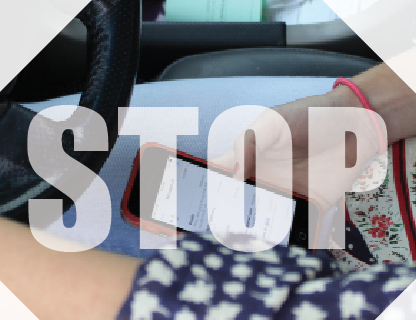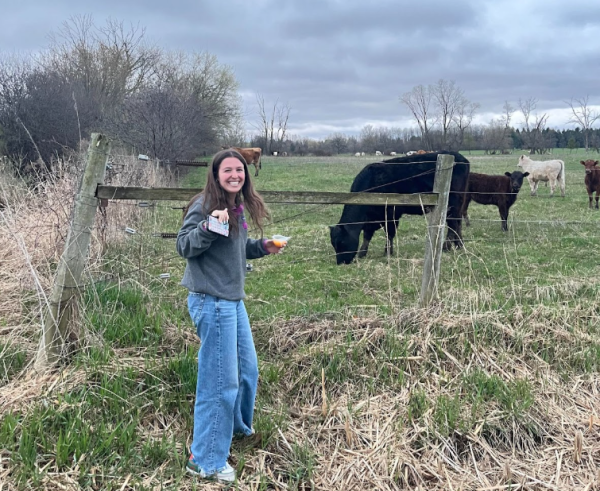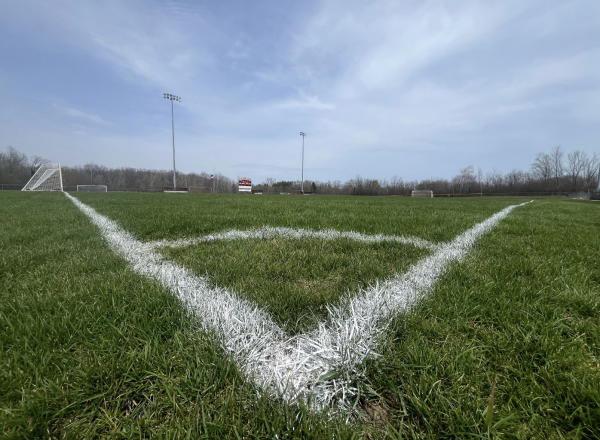Cell Phones: Danger on the streets
The faint buzzing rattles in her right eardrum. She can tell that this sound is coming from the cup holder where her phone rests. The light that now floods the screen and catches the corner of her eye. Instinctively, she looks down to see who sent this new message.
With excitement, she uses her right hand to grab the phone from its resting place. Little does she know that she has been looking down for too long. Little does she know that the message she received was not important. Little does she know that her right hand could have helped her control her car. Little does she know that ignoring her phone could have saved her life.
Wisconsin’s distracted driving laws state, “No person may drive…any motor vehicle while composing or sending an electronic text message or an electronic mail message.” In addition, “No person while driving a motor vehicle…may operate or be in position to directly observe any electronic device located within the vehicle that is activated and that is providing entertainment primarily by visual means…(the previous law) does not apply to…any global positioning system device.”
Yet, according to NHTSA.gov, 78 percent of teens and young adults have admitted to reading a text while driving.
Additionally, the website reports that 71 percent of teens and young people say they have composed/sent SMS messages while driving. “Breaking the law results in a four-point Inattentive Driving ticket and a fine. Worse, you may crash into something or someone,” the Wisconsin DMV states.
Officer Wegner said, “Even just calling and looking down, searching through your phone for that contact, you’re still taking your eyes off the road…you’re concentrating on your phone more than you’re concentrating on the road, and thats when the accidents happen.”
Some students believe texting at stop lights is not illegal. However, Officer Lance Wegner, Homestead’s liaison officer, disproved this, saying, “Even though you’re at a stoplight you’re still operating a vehicle, so its still not legal.”
Now methods are being developed to combat the temptation of phone use while driving. Mr. Larry Newell, Just Drive instructor in Mequon, commented on the ability to use hands-free communication within newer vehicles. “Hands-free helps because then you can have both hands on the wheel, you’re still probably more focused on the road, but not 100 percent because in your mind…you’re concentrating on listening to what they are saying; you’re not going to hear horns, and fire engines, and sirens, and other things going on around you,” Newell said.
Apps are also becoming more popular for preventing phone use in the car. These apps, available within iTunes and Google Play store, are advertised through phone dealers such as Verizon Wireless and AT&T.
Mr. Newell predicts that “there are going to be more and more [preventative apps] out there. Those that are out there are becoming fairly inexpensive and more common. I think the parents have to enforce that, because no teenager is going to go out and intentionally put an app on their phone that will disconnect their phone while they’re driving. I think the parents have to get something that’s going to work and enforce it. And there’s things you can plug into your phone that disconnect your phone, as well as the apps…I’m sure there’s going to be more technology coming out too.”
Officer Wegner advises all drivers to take advantage of new preventative technologies. “Get the hands free things that they sell that go through your speakers, because I know I have a lot of friends that they just synced to their radio or whatever and they can just go and that works fine. Yeah, hands-free devices or apps that they have.”
As technology continues to increase in usage, Officer Wegner thinks inattentive driving will get worse. “I think it will get more dangerous, they will have some apps or something like that and it will get worse, it will get a lot worse.”
On the other hand, Mr. Newell believes, “I think technology has created some great strides. Now technology’s going to start working back in our favor to bring in the safety factor to help control the inattentive driving and texting while driving and things like that… I think we saw a spike in the negative area, where we are having a lot of issues, and then technology will hopefully level it out more.”
Mr. Newell, however, cautions against some technology currently being developed: “As far as other technologies, the cars are going to start talking to each other as well, electronically, through satellites, and through their on-board computers, so I don’t want the drivers to feel like ‘well, my car will know if there’s another car out there, so I can easily pay more attention to my phone, or texting, or whatever, because my car now knows that I have to stop’ so that’s why I am afraid that people will start to get a little lax in their driving skills, depending on their cars to handle an emergency situation.”






Alicia Riebau • Nov 14, 2014 at 3:08 pm
Scary statistics on texting and driving… Good reminder to put the phones down!